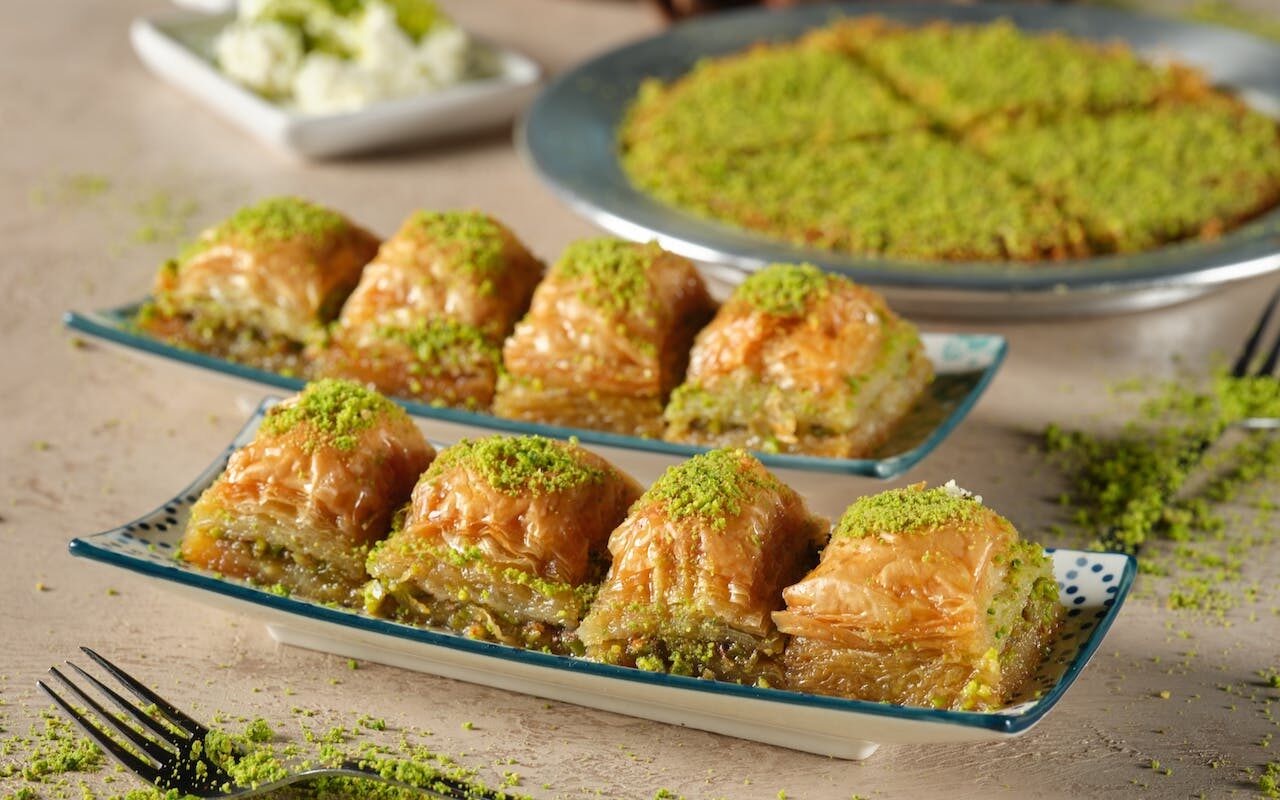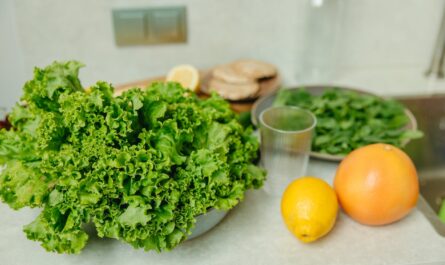Nestled in the heart of the Balkans, Bosnia and Herzegovina beckons with a rich tapestry of history, culture, and, most notably, its diverse and delectable cuisine. Among the myriad of culinary treasures, two dishes stand out as iconic representatives of Bosnian gastronomy: Burek and Baklava. Join us on a culinary tour as we explore the origins, preparation, and the cultural significance of these mouthwatering delights that have become staples in Bosnia’s culinary landscape.
Burek: A Pastry with Heritage
Burek, a savory pastry filled with minced meat, cheese, or vegetables, has deep roots in Ottoman cuisine. The word “burek” itself is derived from the Turkish word “börek,” reflecting the historical influence of the Ottoman Empire in the region. Traditional Bosnian burek is made with thin layers of dough, hand-stretched to achieve the perfect balance of flakiness and tenderness.
The preparation of burek is an art form passed down through generations, with each family having its secret techniques and recipes. One can find variations of burek across the Balkans, but Bosnia’s unique twist is a testament to the country’s cultural fusion.
Burek is often enjoyed as a breakfast dish or a snack, and it is a staple during festive occasions and family gatherings. The aroma of freshly baked burek wafting through Bosnian streets is enough to transport anyone to a world where culinary tradition and community intertwine.
Baklava: A Sweet Symphony
While burek satisfies savory cravings, Baklava steps in to delight the sweet tooth. This sweet, layered pastry is made with thin sheets of phyllo dough, generously filled with chopped nuts, and sweetened with honey or syrup. Baklava’s origins can be traced back to the kitchens of the Ottoman Empire, and its popularity has endured through the centuries.
In Bosnia, Baklava is more than just a dessert; it is a symbol of hospitality and celebration. The preparation of Baklava is an intricate process that requires skill and patience, as each layer must be carefully laid and drenched in syrup to achieve the perfect balance of sweetness.
Baklava holds a special place in Bosnian culture, often gracing the tables during religious holidays, weddings, and other significant milestones. It is a gesture of warmth and generosity, inviting friends and family to indulge in the rich flavors and textures of this beloved treat.
Culinary Diversity and Unity
The beauty of Bosnian cuisine lies in its ability to blend diverse influences into a harmonious culinary symphony. Burek and Baklava, with their Ottoman heritage, showcase the cultural mosaic that defines Bosnia and Herzegovina.
Whether you’re strolling through the bustling markets of Sarajevo or sitting in a quaint cafe in Mostar, the aroma of these iconic dishes will guide you to the heart of Bosnian culture. In every flaky layer of burek and every honey-drenched bite of Baklava, one can taste the history, tradition, and resilience of a nation that has embraced its diverse past.
Regional Variations: A Journey Through Bosnia’s Culinary Landscape
As you traverse the diverse landscapes of Bosnia and Herzegovina, you’ll soon discover that the preparation and flavors of Burek and Baklava can vary from one region to another. In Sarajevo, for instance, Burek might be enjoyed with a dollop of yogurt on the side, while in Travnik, the locals might prefer a heartier version with layers of spiced minced meat. The regional nuances in these beloved dishes offer a delightful insight into the local preferences and cultural diversity that define Bosnia’s culinary map.
Burek Beyond Borders: A Global Palate
While Burek and Baklava are deeply rooted in Bosnian culture, these culinary gems have transcended borders, captivating the palates of food enthusiasts worldwide. International chefs and home cooks alike have embraced the challenge of recreating the delicate layers of Burek and the sweet decadence of Baklava. As these dishes find their way onto diverse dining tables, they serve as ambassadors of Bosnian culture, fostering an appreciation for the country’s rich culinary heritage on a global scale.
The Art of Preparation: Hands-on Experience
To truly immerse yourself in the world of Bosnian cuisine, consider participating in a Burek and Baklava cooking class. Engaging in the hands-on preparation of these dishes allows you to connect with local traditions and learn the intricacies of the culinary craft. Whether you’re stretching the dough for Burek or carefully layering phyllo sheets for Baklava, the experience provides a deeper understanding of the cultural significance attached to these beloved recipes.
Pairing Pleasures: A Culinary Symphony
No exploration of Bosnian cuisine is complete without considering the perfect beverage pairings. Burek, with its savory filling, pairs wonderfully with a refreshing Ayran, a traditional yogurt-based drink. On the sweet side, Baklava finds a delightful companion in a cup of strong Bosnian coffee, creating a symphony of flavors that dance on the taste buds. Embracing the art of food pairing enhances the overall experience, turning a simple meal into a culinary adventure.
Preserving Tradition: The Role of Buregdžinica and Cukerija
Buregdžinica, traditional Bosnian pastry shops, and Cukerija, sweet shops, play a vital role in preserving and perpetuating the art of Burek and Baklava making. These establishments often follow time-honored recipes passed down through generations, ensuring that the authenticity and flavors of these iconic dishes remain intact. Visiting a local Buregdžinica or Cukerija provides not only a gastronomic experience but also an opportunity to support the artisans who keep these culinary traditions alive.
Beyond the Plate: Culinary Tourism in Bosnia
As you venture through the streets of Sarajevo, Mostar, and other enchanting Bosnian cities, you’ll quickly realize that the experience of Burek and Baklava extends beyond the plate. Culinary tourism in Bosnia provides an immersive journey into the heart of local communities, where the stories behind these dishes unfold. Explore bustling markets, where vendors proudly display their phyllo dough mastery, or visit quaint cafes where locals gather to share not just a meal but the warmth of their culture.
Burek and Baklava in Modern Cuisine: Fusion and Innovation
While deeply rooted in tradition, Bosnian chefs are not afraid to experiment and infuse modern elements into these classic dishes. Creative reinterpretations of Burek might include vegetarian or seafood fillings, showcasing the adaptability of this beloved pastry. Similarly, Baklava variations might feature innovative twists, such as incorporating exotic spices or locally sourced ingredients. These modern takes on traditional favorites reflect the dynamic nature of Bosnian cuisine, where innovation and respect for heritage coexist.
Health and Wellness: The Nutritional Aspect
Burek and Baklava, although indulgent, also offer nutritional benefits, especially when prepared with quality ingredients. Phyllo dough in Burek, made from flour, water, and a touch of oil, is a source of carbohydrates, while the fillings contribute proteins, vitamins, and minerals. Baklava, with its nutty layers, provides a dose of healthy fats and antioxidants. Exploring the nutritional aspects of these dishes adds another layer to the appreciation of Bosnian cuisine, demonstrating that culinary pleasure can align with health and wellness.
Community Celebrations: Festivals and Food Events
For an immersive experience, plan your visit around one of Bosnia’s many food festivals or events. These celebrations often feature Burek and Baklava competitions, where local bakers showcase their skills and creativity. Participating in these festivities not only allows you to taste the best of Bosnian culinary expertise but also provides a unique opportunity to engage with the community, share stories, and forge connections that go beyond the dining table.
Preserving the Legacy: The Role of Food Museums
To delve even deeper into the history and significance of Burek and Baklava, consider exploring Bosnia’s food museums. These institutions celebrate the country’s culinary heritage, offering insights into the evolution of traditional dishes and the cultural stories woven into every bite. Immersing yourself in the exhibits and interactive displays provides a richer understanding of the role that Burek and Baklava play in preserving Bosnia’s legacy.
In conclusion, a culinary tour of Bosnia unveils a multifaceted world where Burek and Baklava serve as gateways to cultural exploration, community engagement, and even a consideration of health and nutrition. As you indulge in the rich flavors and stories embedded in each dish, you become a participant in a living culinary narrative that continues to evolve, embracing the past while looking towards the future. So, let your senses guide you through this gastronomic adventure, where every taste is a step deeper into the heart of Bosnia’s culinary soul.




